
Mayor Monk: Murder Suspect
Thomas Monk
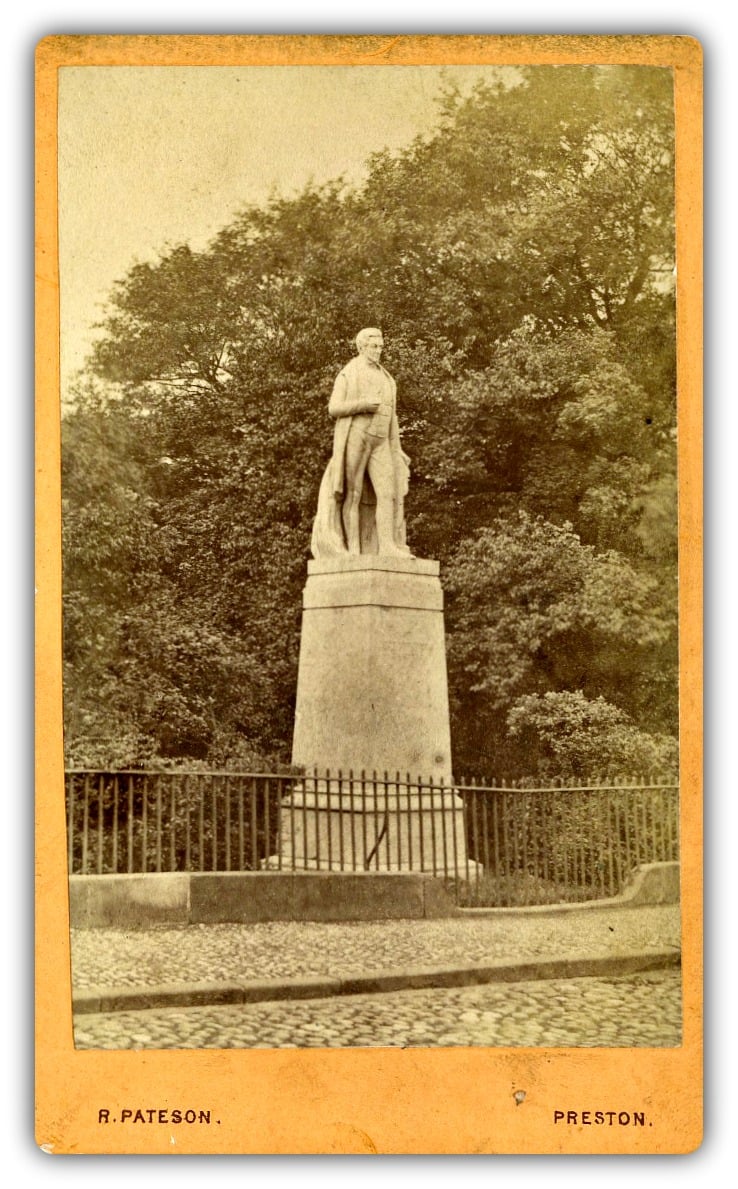
Anyone who has visited Winckley Square wouldn’t fail to miss the Robert Peel Statue on the east side of the square; facing Cross Street. If you look very carefully you will see a name has been chiselled out of the front base.
The Charge against Thomas Monk
Alderman Thomas Monk, former Mayor of Preston 1851-1852, was suspected of murder, accused of forgery and faced trial at Lancaster Assizes.
Dr Monk was arrested on 3rd December 1857. On Thursday the 18th of February 1858, long before the doors were opened, there was a large crowd of people outside the entrance to the Lancaster Assizes. Amongst the crowd were a large number of visitors from Preston, all anxious to be present at the trial of Doctor Thomas Monk, former Mayor of Preston, who was accused of forging the will of Edward Turner and uttering the same knowing it to be forged.
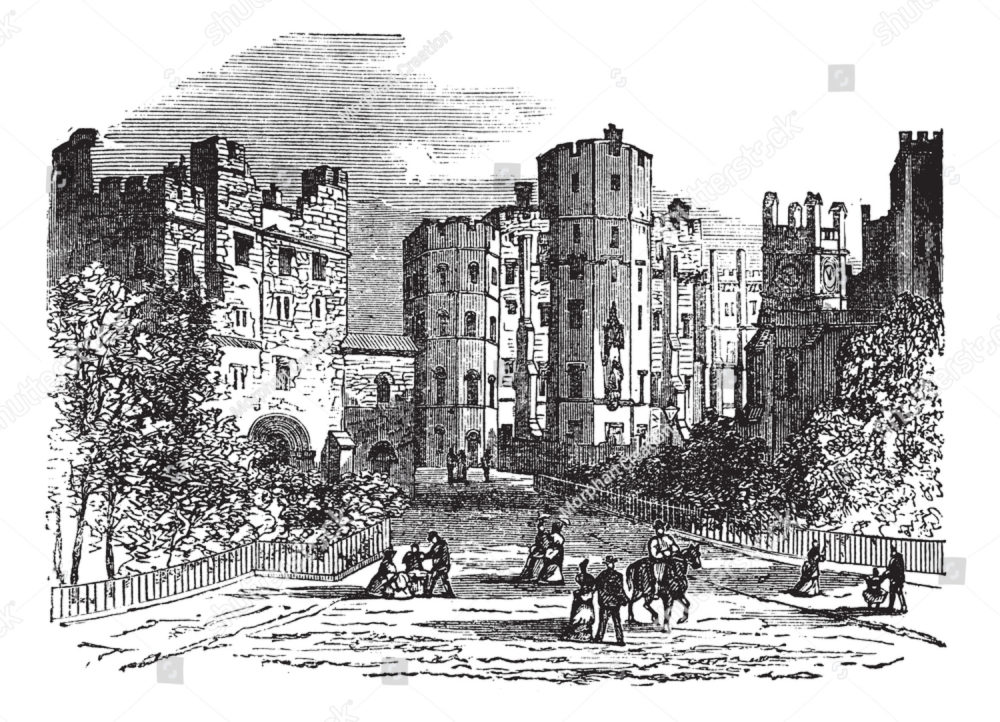
Edward Turner had died on the 25th September 1857. At the time of his death Dr. Monk, the senior Alderman of the Borough, had been attending to the medical needs of the 70 year old reed maker, who resided in St. Paul’s Road.
The doors were opened at ten o’clock and a great rush of people headed for the Crown Court. Those assembled included many personal friends of the Alderman. As well as the normal train service bringing visitors from Preston, a special train had been laid on to enable everyone interested to be present at the trial.
The accused man was a well-known figure in the town – having been in medical practice in Preston since 1820. Born in Bispham, he had served a medical apprenticeship in the apothecary hall in Preston. Following the Municipal Reform Act of 1835 he was elected as a Councillor for Trinity Ward and within two years he was chosen as an Alderman. In 1851 his service was recognised when he was selected as the Mayor of the Borough. During a busy year he presided at the opening of the new Fire Station in Tithebarn Street and at the unveiling of the statue of Robert Peel in Winckley Square.
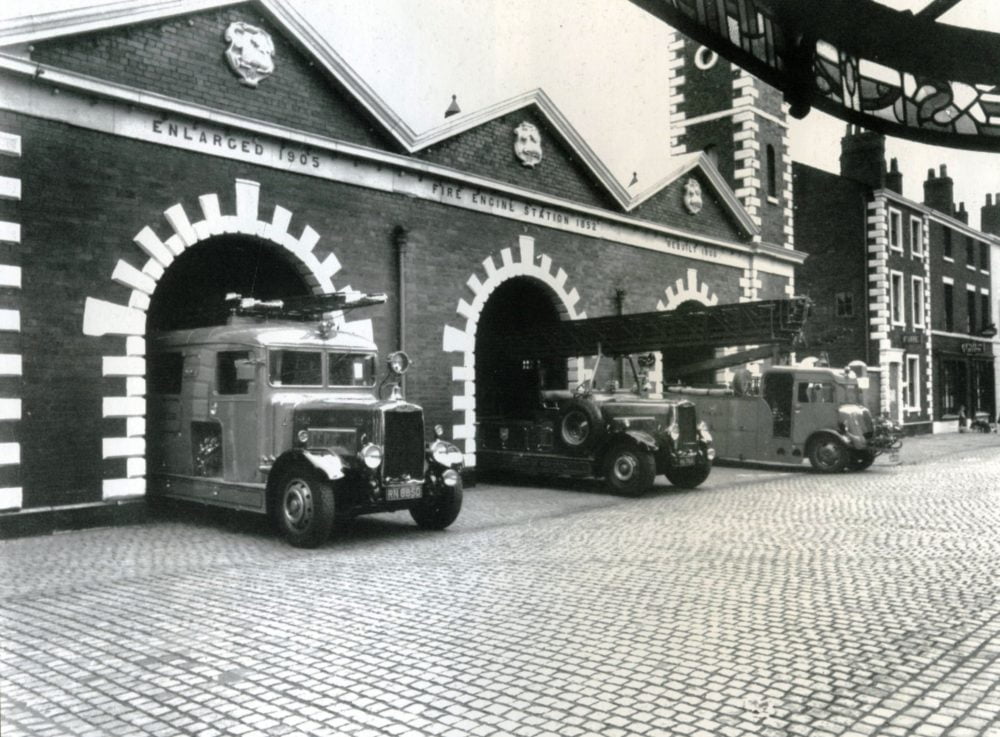
In the Dock
When Monk appeared in the dock he seemed weak and was somewhat disconcerted by the gaze of the immense assemblage, amongst whom were many familiar faces. After the indictment was read out the prisoner replied in a loud tone of voice “Not Guilty.”
The day’s proceeding revealed that the day after Turner’s death, Monk had called at the Lancaster Banking Company in Preston to draw out money from the dead man’s account, which he had claimed was needed to pay wages to Turner’s three employees. Monk claimed that he was the principal creditor and he signed on oath that the estate was under £100. The court was told that a few days later Monk returned to the bank and stated that he had found Turner’s will which had left a small sum to a female relative, a few shillings to the housekeeper, and the rest of about £50 to himself. Inspection of the will had however aroused suspicion and enquiries took place into its authenticity.
Witnesses seal the fate of the accused
One of the witnesses called was Mrs. Pipe, a hairdresser’s wife, from Fishergate who told the court that the accused had persuaded her to innocently copy the will for him, with instructions to make the writing large like a man’s. She also admitted that she had written the name of one of the two witnesses. Although the document was dated two weeks earlier she admitted writing it three days after Turner’s death. She also stated that when she gave the prisoner the document it had only the name of one witness on it, that of James Holden which she had written.
Turner’s housekeeper was also called and she disclosed that following her master’s death, the accused had taken away Turner’s deed box and arranged the funeral himself. She also claimed that Dr. Monk took possession of Turner’s silver tea spoons and a picture of Robert Peel, and she told the court that far from being a close friend of the deceased the accused had only attended her master during the final fortnight of his illness.
The Jury were also told that following the investigation into the validity of the will, there were persistent rumours that Monk had actually poisoned Turner.
Exhumation of his body took place on 26th November 1857 with a Coroner’s inquest at first accusing Doctor Monk of murder, but this allegation was eventually dropped.
In his defence it was stated that Doctor Monk had not acted like a guilty man and there had been ample opportunity for him to flee if he had been guilty, rather than continue his medical practice prior to his eventual arrest.
The Verdict
By late afternoon all the evidence had been presented and the judge briefly summed up, emphasising the credibility of a number of prosecution witnesses. The Jury chose not to retire, and instead huddled together in the box and after five minutes consultation delivered a Guilty verdict.
With the prisoner standing, the learned judge Mr. Baron Martin addressed him saying that he had been convicted on the clearest of evidence, and that for a man of his public standing the offence was a disgraceful one. He went on to remark on the unethical way in which he, a medical man, had taken advantage of the position of confidence in which he was trusted. Finally saying that for the sake of the public, an example needed to be made of him and therefore the sentence of the Court is that “You be subjected to Penal Servitude for life.”
His career and future in ruins, the disgraced surgeon heaved a deep sigh and descended the steps of the dock out of sight of the now silent court room.
One week later a statement appeared in the ‘Preston Chronicle’ following an interview with Monk in Lancaster Castle. In it he attempted to expose what he called the false statements of witnesses at the trial but his lengthy narrative did little to convince people of his innocence. He claimed that the housekeeper had been in an intoxicated state during Turner’s final days and that her account of the proceedings had been confused and incorrect.
The Sentence
Within three weeks Monk was on his way to London’s Millbank Penitentiary.
As the carriage passed through Preston Railway Station the blinds were drawn and no one was allowed to see him.
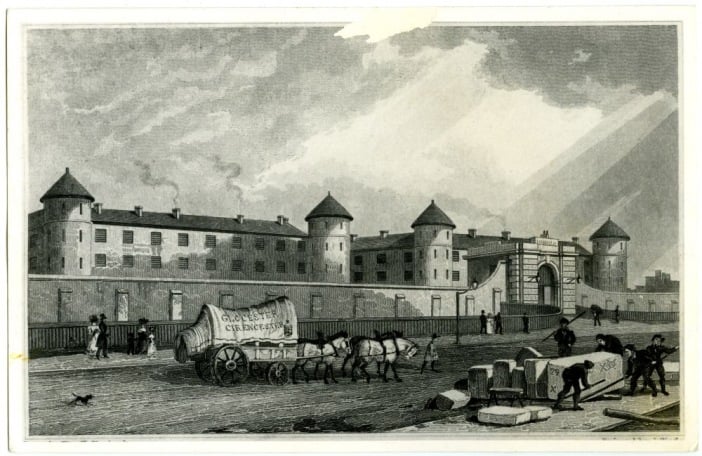
Shortly afterwards the Preston Corporation removed THOMAS MONK ESQ., MAYOR ,the name of the disgraced Alderman, from the Peel Statue and also from the plaque at the Fire Station in Tithebarn Street.
When convicted Monks was 61 years old. His ‘Particulars of Convict’ details described him as 5ft 9ins tall, of pale complexion with grey hair and no distinguishing marks. He served 10 years Hard Labour before being released from Woking Prison in late March 1868 and he at once returned to Preston where he resumed his medical practice. Surprisingly he became well liked amongst his patients and was eventually appointed physician to the Preston Oddfellows. His sentence was finally revoked in 1880. The newspaper reported the PARDON AND RELEASE OF DR MONK
Upon his return to Preston he lived for a time at 49, Frenchwood Street and in his later years lived at 147, Church Street above a chemist’s shop. It was there that he died after a six months illness in 1888 some thirty years after his trial and conviction.
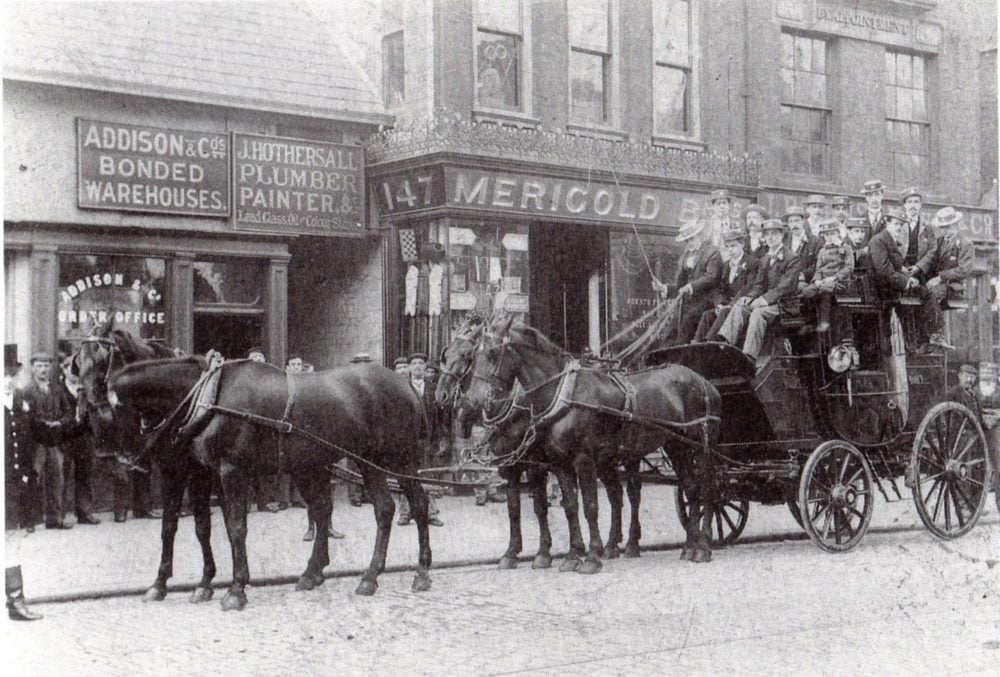
When details of Thomas Monk’s will were revealed, his estate was valued at £9,000 of which £4,000 was left to his second wife Sophia and the remainder shared between his godchild and a few close friends. The Bank of England inflation calculator gives the sum of £9,000 in 1888 a value of £1,149,000 in 2018!
It is interesting to note that Thomas Monk, a Conservative, was well known to the other major actors in his case. He was initially brought before a single magistrate, William Ainsworth, a Liberal and the mill owner who lived in the Italian Villa on the south corner of Cross Street and Winckley Square. He was defended by Richard Assheton Cross, the Conservative MP for Preston and son of William Cross who created the Square. The judge was Baron Martin who had dined with Monk in the past year. Martin had been elected as a Liberal MP. Perhaps politics played a part in the sentence.
By Keith Johnson